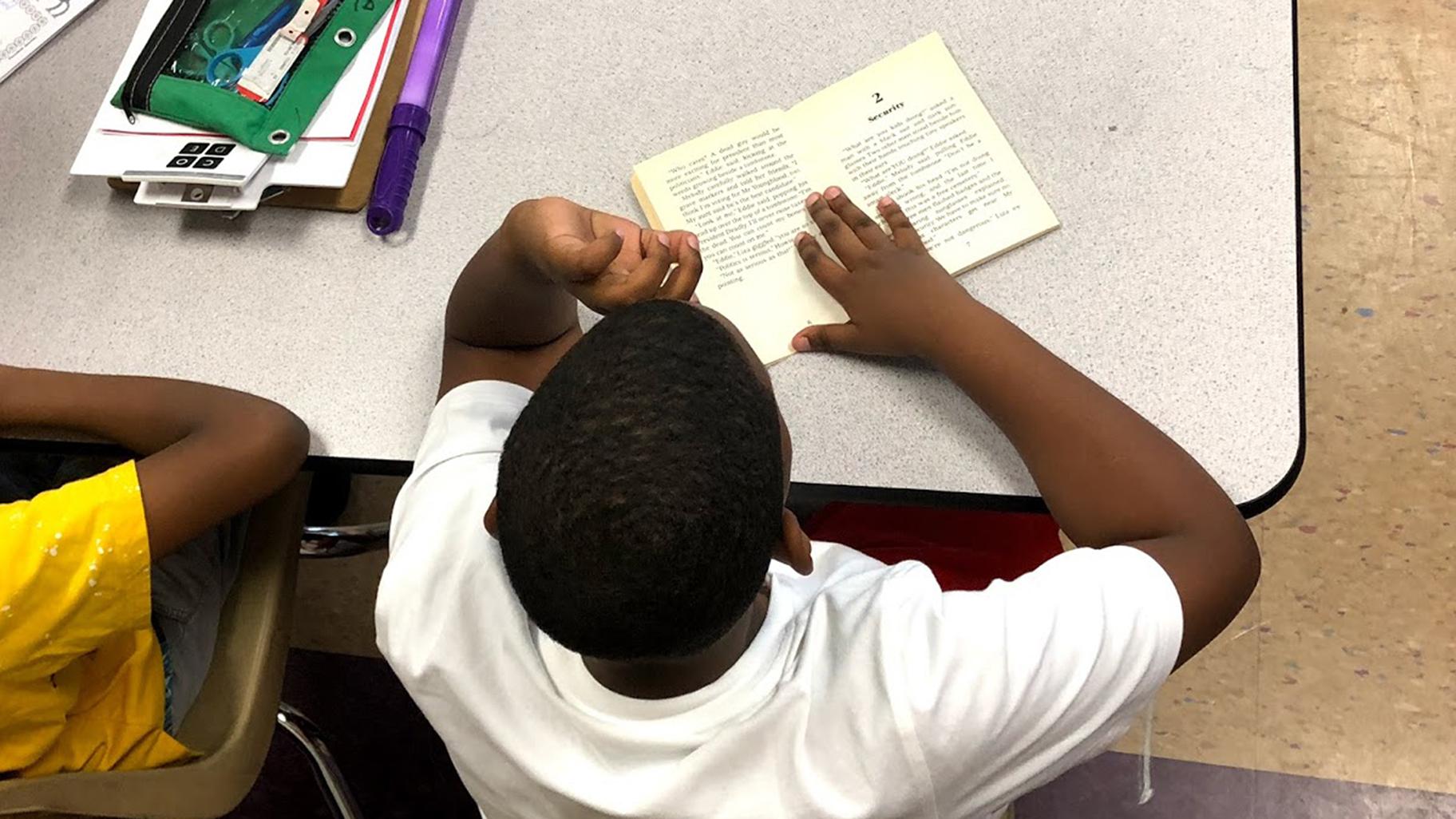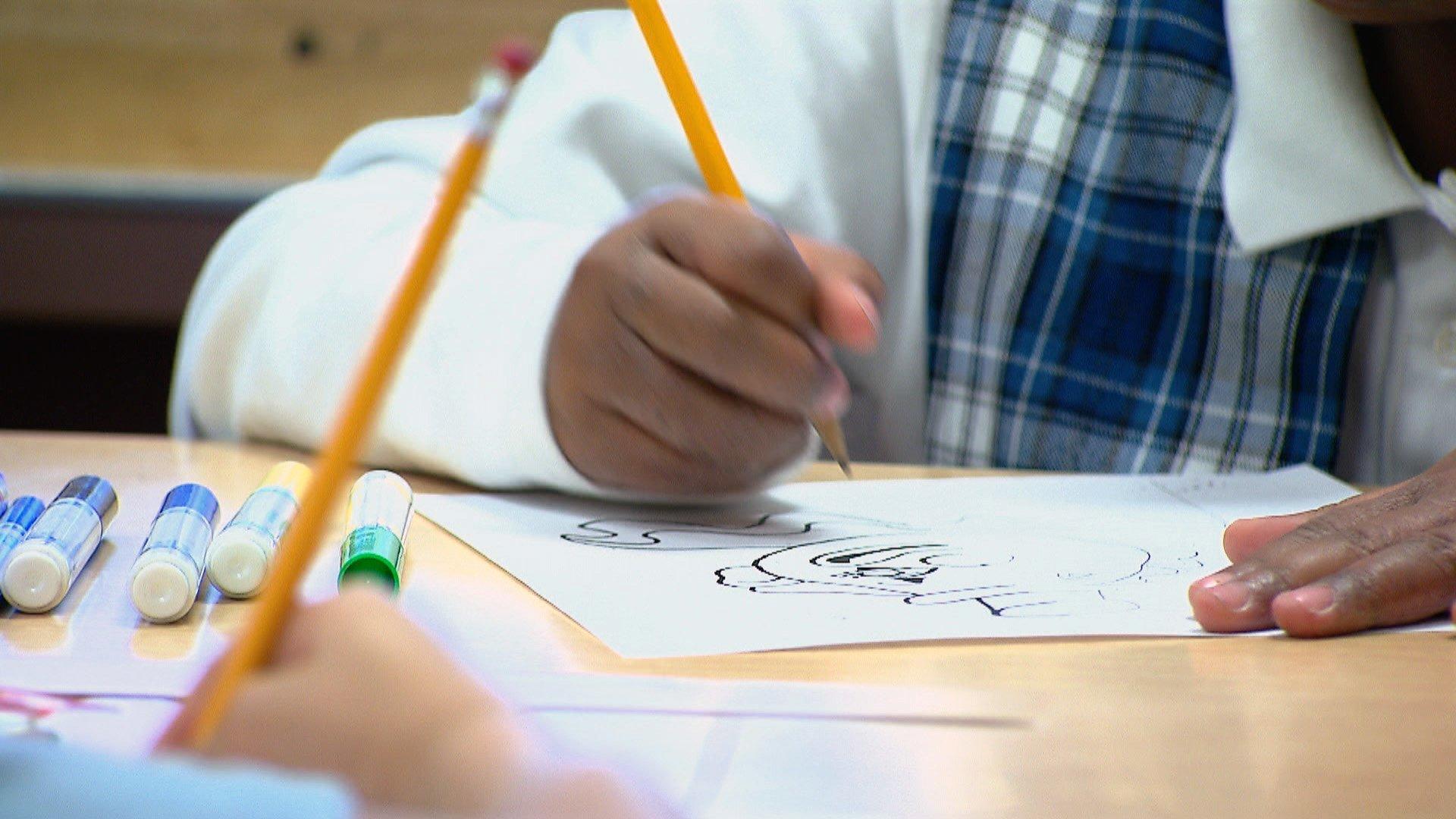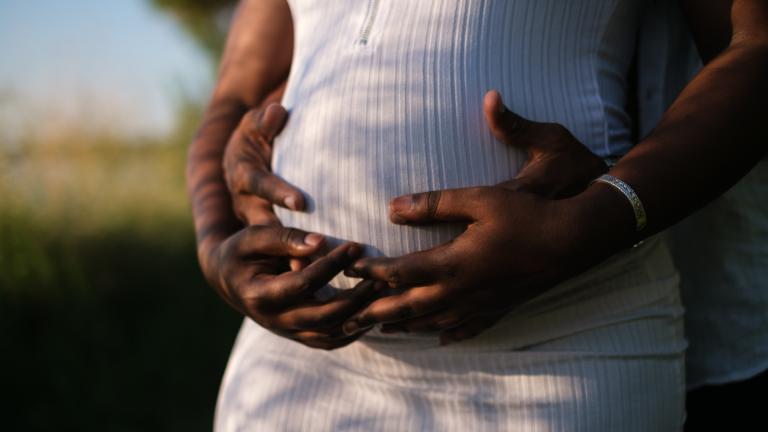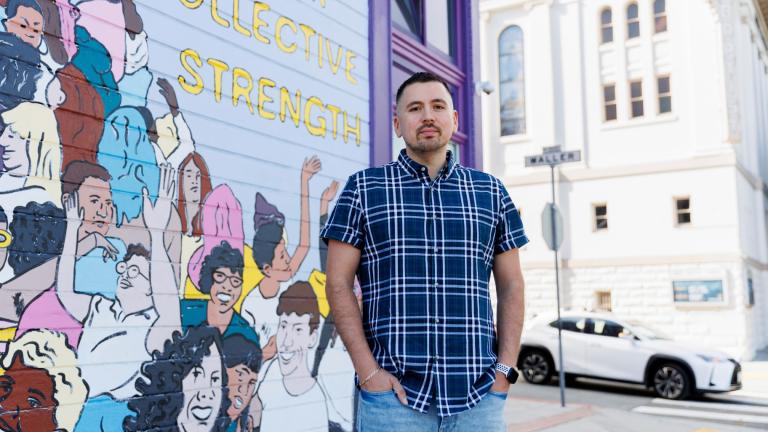 (Brandis Friedman / WTTW News)
(Brandis Friedman / WTTW News)
More than 30 years ago, a group of Northwestern University medical students started a youth development program with the goal of improving the lives of children living in poverty.
“We realized early on that one-year well child visits were not enough to improve the health of a child, especially a poor child,” said Dr. Karen Sheehan, one of the co-founders of Chicago Youth Programs and an emergency medicine physician at Ann & Robert H. Lurie Children Hospital of Chicago.
Childhood poverty is a strong predictor of poor health, according to Sheehan, who said children might not have access to healthy foods, educational opportunities and specialists.
Through the youth development program “we tried to break down those limitations and to give children the ability to live healthy by giving them access to opportunities that they might not otherwise have,” she said. “We developed a program to meet the whole needs of the child.”
New research, published online in the peer-reviewed journal BMC Public Health, finds one such program that provided youth living in poverty with long-term support is associated with reduced poverty in early adult life.
Founded in 1984, the Cabrini-Green Youth Program offered free recreational activities, reading, tutoring, college prep and career counseling in a safe, nurturing space, as well as a medical clinic. Since then, the program has grown to become Chicago Youth Programs, which serves youth and families in at least 30 of the city’s 50 wards.
Sheehan, along with her co-authors, examined the long-term impacts of the Cabrini-Green Youth Program that served youth living in and around the segregated housing project that had a history of community violence.
“A 6-year-old girl could attend tutoring on Monday, be seen in the (medical) clinic Tuesday if necessary, receive tutoring on Wednesday and participate in a recreational program on Saturday,” Sheehan said. “We work with kids very intensely from birth through college-age and support their developmental needs along the way.”
Participants usually spend eight to 10 years in the program, according to Sheehan.
Researchers surveyed 191 people born between 1970 and 1995 who enrolled in the program at or before age 16 and who participated in the program for at least two years before the 2011 demolition of the Cabrini-Green Homes, and compared them with 143 individuals that didn’t participate in the program but also lived in the housing project.
‘A great benefit’
 Diamond McNulty (left) and Dr. Karen Sheehan. (Courtesy of Diamond McNulty)
Diamond McNulty (left) and Dr. Karen Sheehan. (Courtesy of Diamond McNulty)
Both groups primarily self-identified as Black and African American and reported similar experiences with neighborhood violence while growing up, according to the 33-year follow-up study which found program participants graduated college at twice the rate of their peers who didn’t participate in the program (24% compared to 12%).
“I think that’s huge because when these young people were growing up in Cabrini-Green … few people graduated from high school and even fewer from college back then,” said Sheehan.
Ernest “E.J.” Willingham, 19, who’d been involved with the youth development program since he was born in the Cabrini-Green Homes, agreed.
“There’s not many people in my community that have gone off to college,” said Willingham, who’s a rising junior at Boston’s Northeastern University and was recently accepted into the Icahn School of Medicine at Mount Sinai.
While he hasn’t decided on a medical specialty yet, Willingham is committed to serving people in need based on his own experiences with Chicago Youth Programs medical clinic staff.
“One of the most remarkable things I can say about Chicago Youth Programs is the continuity of care, and I always remember having the same caregivers, which I think is very important in order to have an effective patient-provider relationship,” he said, adding clinic staff were always respectful and eager to answer his questions.
“Chicago Youth Programs has been a great benefit to me,” he added. “I want to go to a community that is underserved, that is impoverished and lacks necessary health care resources. I want to fill that void.”
Atlanta resident Diamond McNulty, 35, who grew up in the Cabrini-Green Homes and runs multiple businesses, including a catering company and cooking education business, also credits Chicago Youth Programs for his success.
“I had access to mentors who were successful in school, which was great to see because that placed a burning desire inside of me – that showed me what is possible,” McNulty said, adding the program exposed him to different possibilities and opportunities that he never imagined, including his first experience in a high-end restaurant.
McNulty was able to pursue an education in culinary arts at Kendall College, thanks to a combination of support from Chicago Youth Programs, an angel investor, and $24,000 in prize money McNulty won from a cooking competition.
“Chicago Youth Programs equipped me for entering college,” he said.
The study also found program participants were more likely to have saved money at the end of each month and reported that their standard of living was “much better or somewhat better” compared to their parents at a similar age than the control group.
Those findings illustrate how the program is working to end generational poverty, according to Sheehan. “Once you change (someone’s) life course trajectory, it influences the next generation,” she said, adding participants’ children “already have a step up.”
‘It’s not about where you start’
 (WTTW News)
(WTTW News)
While some may say youth development programs only enroll people who would do well without such programs, Sheehan doesn’t believe that to be the case based on the study’s findings that program participants were more likely to have experienced abuse as a child and spent time in a correctional facility compared to the control group.
“What that meant to me is it’s a validation – we didn’t cherry-pick. We worked with kids who needed help,” said Sheehan. “They weren’t straight-A students that were going to Harvard no matter what they did.”
While the findings about abuse and time spent in correctional facilities surprised Sheehan, she says those differences could be due to sampling bias and participants’ willingness to share that information with researchers. Other limitations of the study include sample size and the ability to track down former participants.
Despite the limitations, “I think our study is a great example to say youth development programs work,” Sheehan said. “It’s not rocket science. If you want to help children flourish in Chicago, you need to give them safe spaces, commit long term – which we have a challenge with in Chicago – and also to provide safe, nurturing relationships with caring adults.”
McNulty and Willingham say they cannot picture where they’d be in life without Chicago Youth Programs.
“That’s tough to imagine. … Without the program I probably would’ve been exposed to the gangs and drugs and all those other things,” said McNulty, who remains involved with Chicago Youth Programs and serves on its board of directors. “Chicago Youth Programs works. The formula works. I’m proof that it works … and I want to ensure the success of the youth who come up behind me.”
Willingham echoed McNulty.
“It’s not about where you start. It’s about where you finish,” he said. “My beginning started in Cabrini-Green, a place where poverty, where disenfranchisement, where crime, where violence all played a big part of so many people’s lives. Because of programs like Chicago Youth Programs, that didn’t determine the trajectory of my life.”
Contact Kristen Thometz: @kristenthometz | (773) 509-5452 | kthometz@wttw.com








